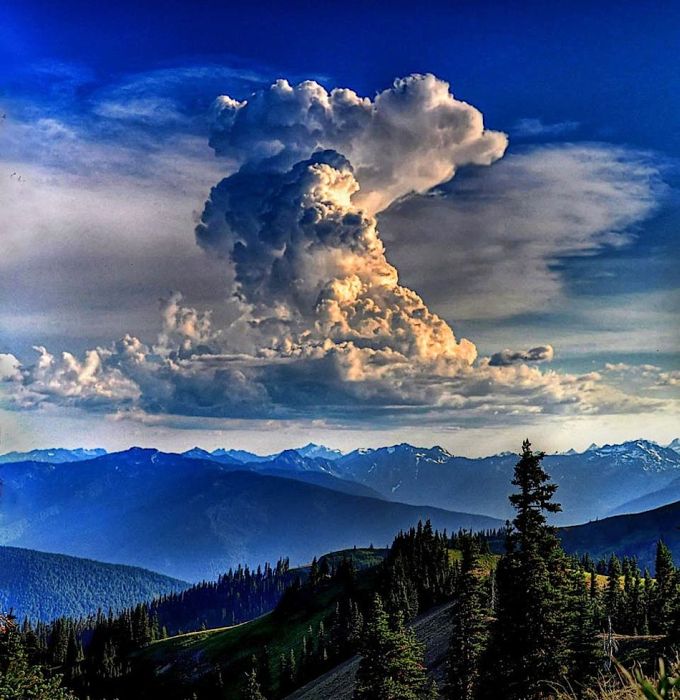

Forecasters are usually able to predict the potential for fog based on the prevailing meteorological conditions. Predicting fogįog conditions tend to be transient, and can have rapid variations in density. This is composed of ice crystals, and tends to occur mainly in polar air regions. A more severe type known as ice fog can appear in very cold temperatures (less than -30⁰C / -22⁰F). If the fog is very dense, it can cause ice to form on aircraft surfaces. It is indicated by the descriptor FZ on METARs and TAFs. Stationary warm frontal fog has the biggest impact on aviation operations, as it can happen in any part of the world when the required weather conditions are present.įreezing fog occurs when the air temperature falls below freezing. Upslope fog often affects mountainous areas, such as the Rocky Mountains in Colorado.įrontal fog appears in conjunction with the frontal surface of a colder air mass, due to the evaporation of falling rain. This generally happens when warm moist air is forced up a slope by the wind. Upslope fog occurs due to the cooling of rising air. Hotspots for this type include the east coast of America, the Canadian Maritimes, the northeast coast of Russia, and Japan. Advection fog mainly affects airfields located near the sea, and occurs during spring when temperatures fluctuate rapidly. Advection fog can last for days, and therefore can affect aviation operations more than radiation fog.

This type usually occurs along coastlines.

Radiation fog is frequently found throughout Europe during winter, when the nights are longer and the temperature drops.Īdvection fog develops in one region, and is then carried by wind currents to a different location. It may start to form again soon after sunset.

In most cases, the fog will be thickest at night and dissipates through the morning. This type occurs only at night, and over land. Radiation fog is caused by cooling of the earth’s surface, and can have a big impact on aviation operations. Coastal areas tend to be affected by advection fog. It is encoded as BR on Meteorological Terminal Air Reports (METAR) and Terminal Aerodrome Forecast (TAF) reports for visibility levels of 5/8 mile or greater.Īircraft landing at Vágar Airport, Faroe Islands. Mist is less dense, consisting of smaller water particles which do not fall earthward. Fog forms when the dew point rises until it equals the temperature, or the temperature lowers to the same as the dew point.īoth fog and mist have a significant impact on visibility, which in turn can affect aviation operations. It can be considered a type of low-lying cloud, which occurs when the temperature becomes close to the dew point (the temperature to which air must be cooled to become saturated with water vapor). What is Fog?įog consists of visible water droplets or ice crystals suspended in the air, close to the Earth’s surface. Here we will look at fog and aviation, focusing on the different types of fog and their potential impact on flight operations. Constantly fluctuating weather conditions can impact route planning, disrupt schedules, and in extreme cases may even prevent a flight from taking place at all. Of the many variables which can affect trip planning, one of the most crucial is the meteorological outlook.


 0 kommentar(er)
0 kommentar(er)
